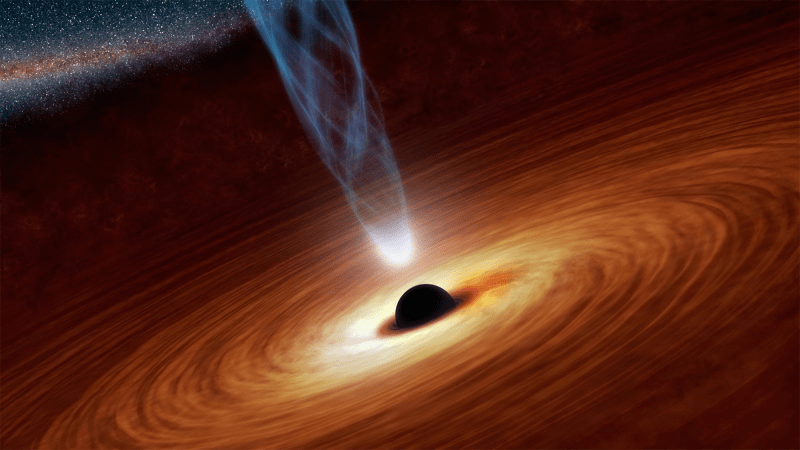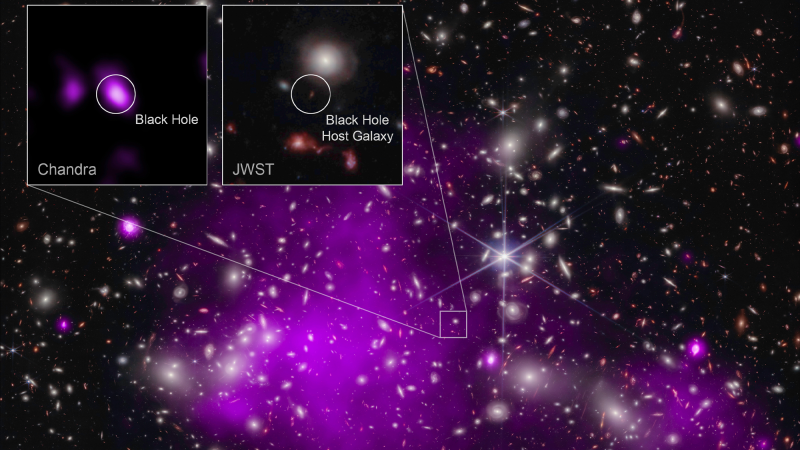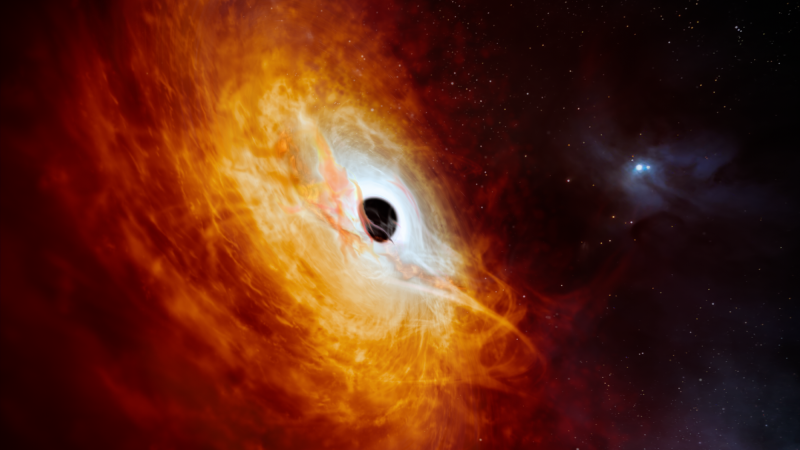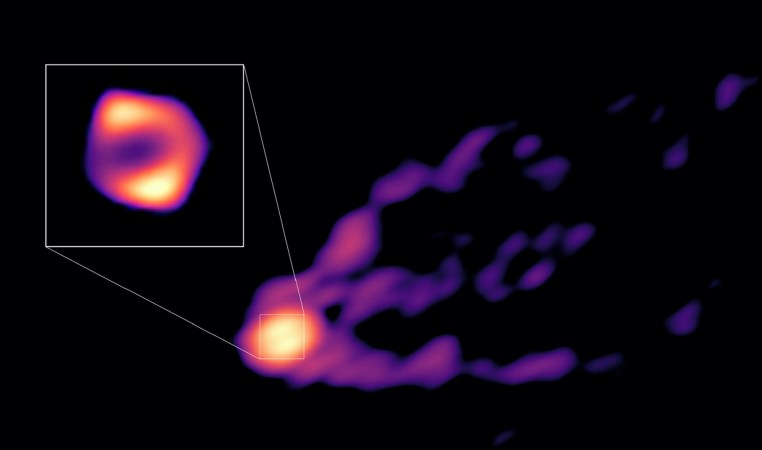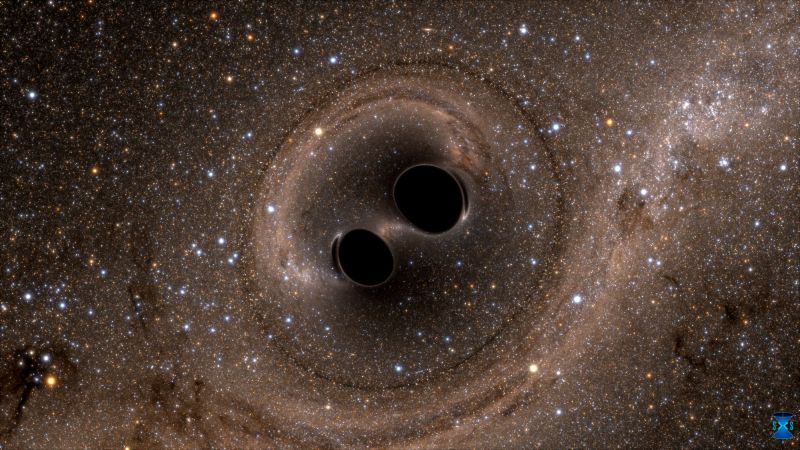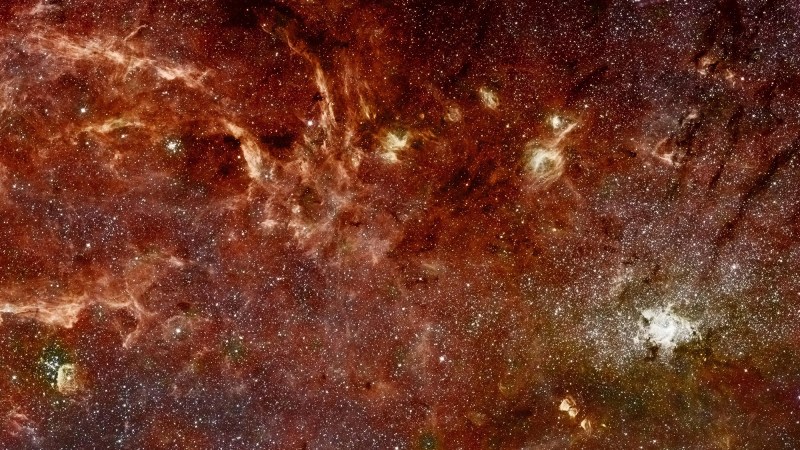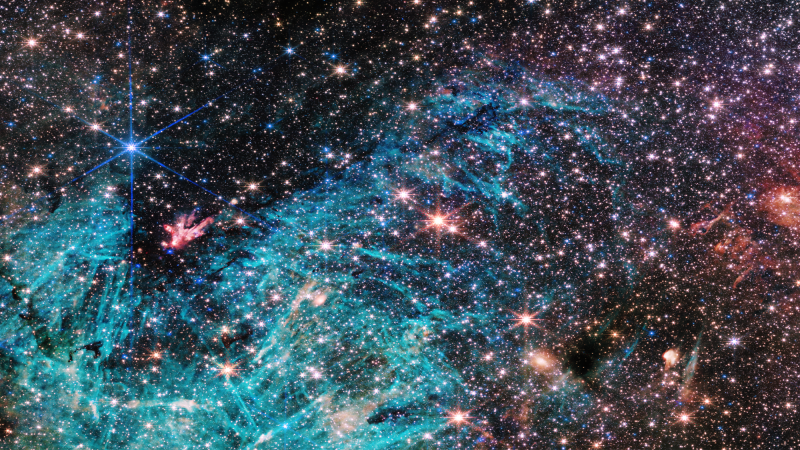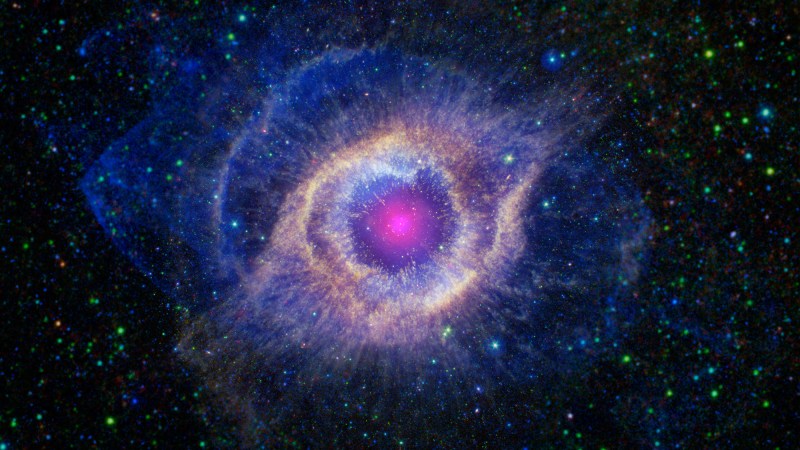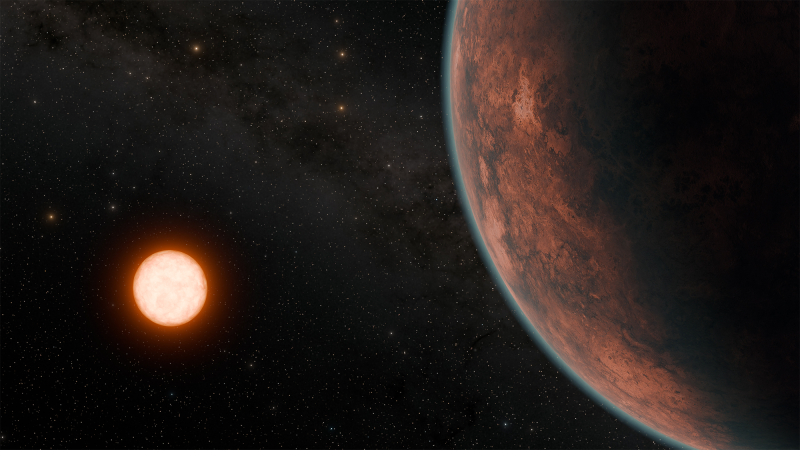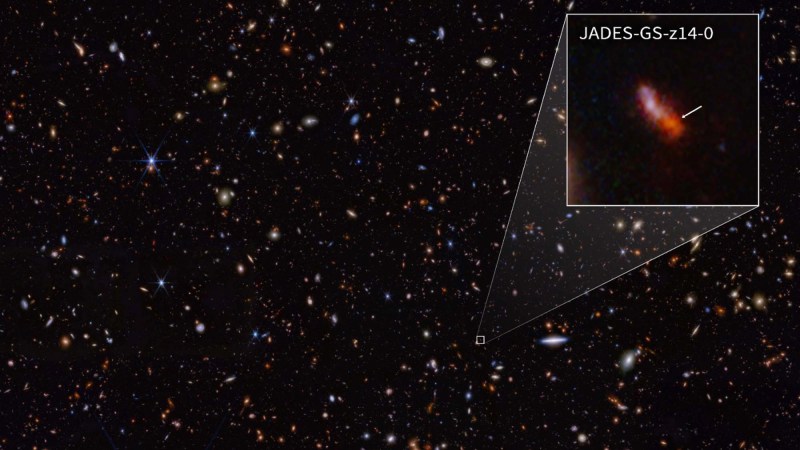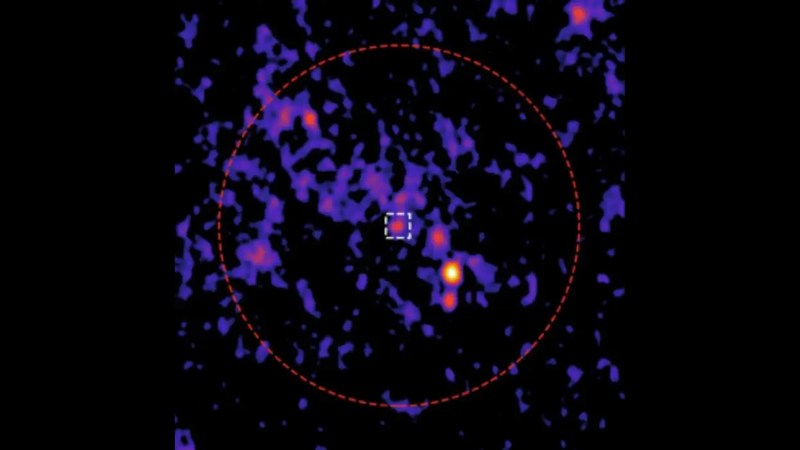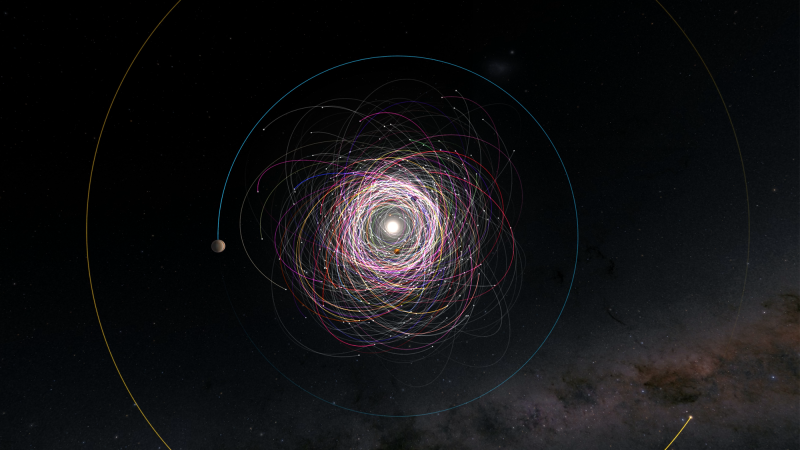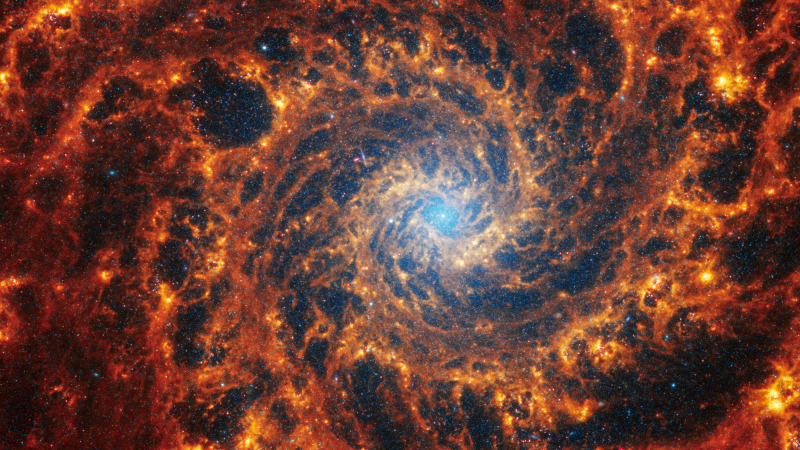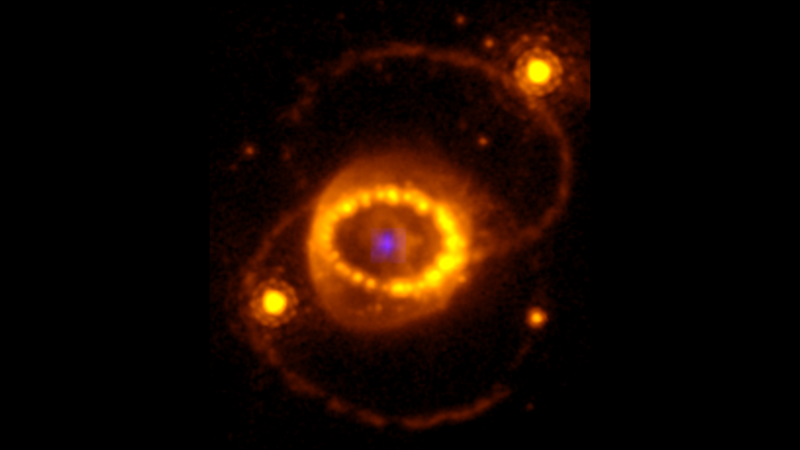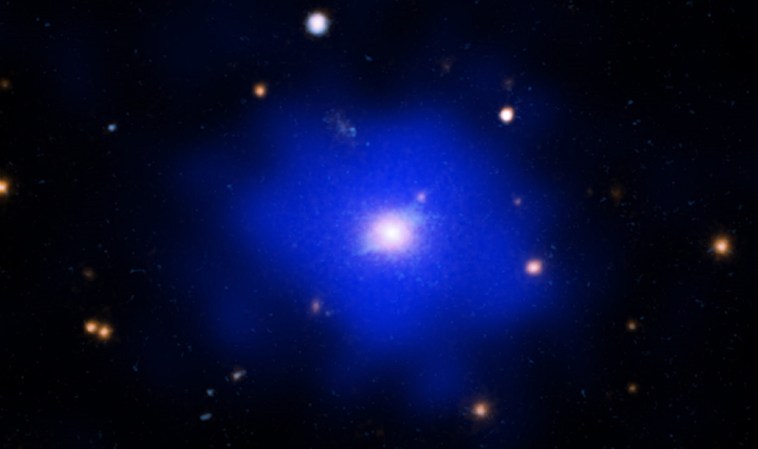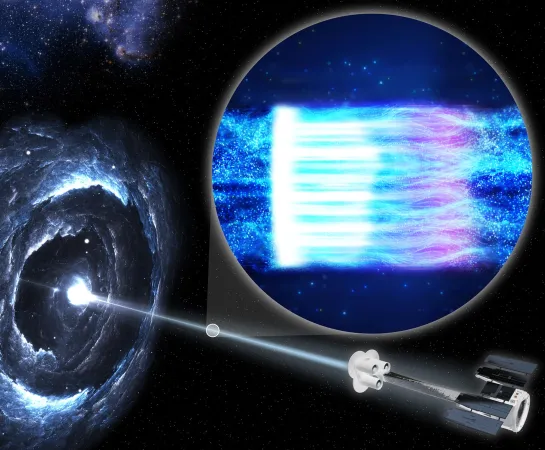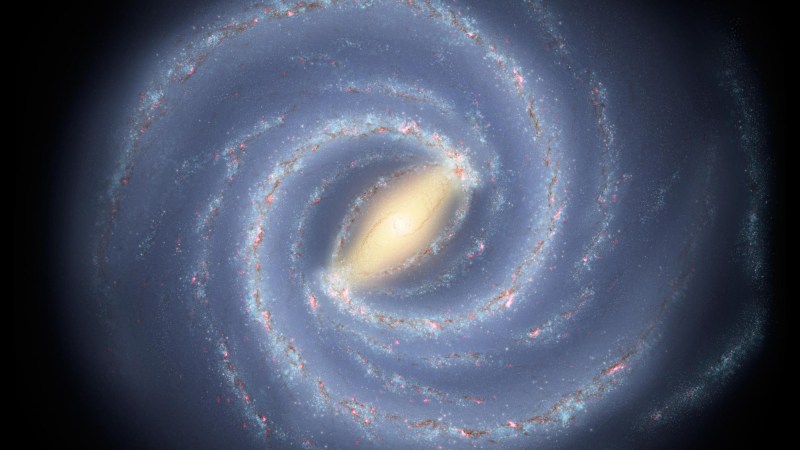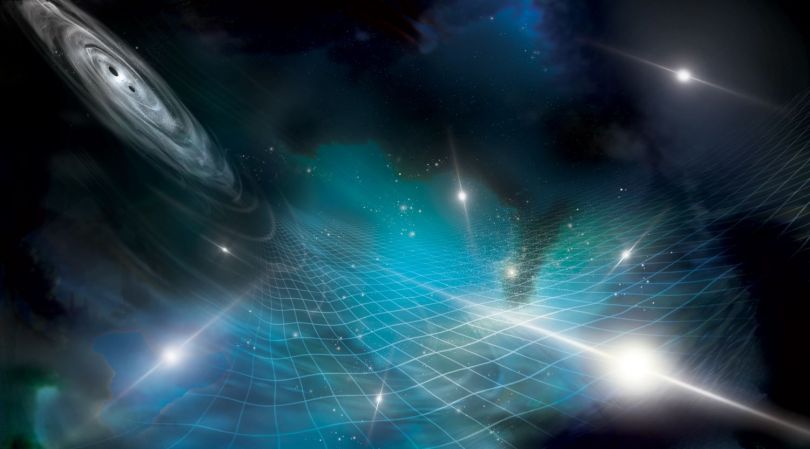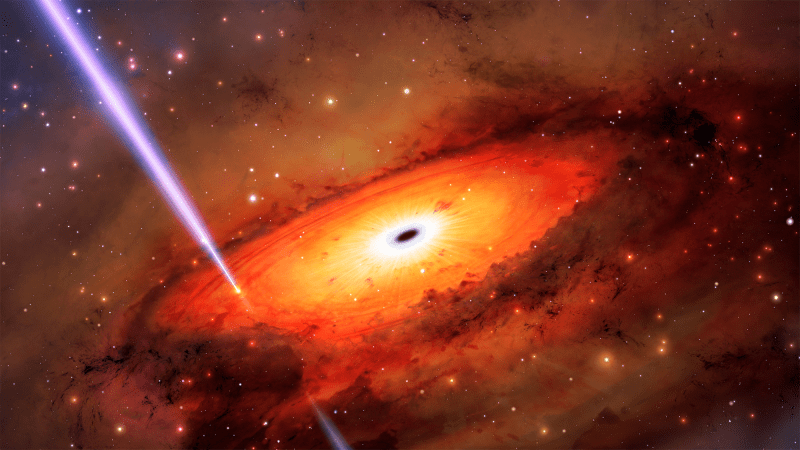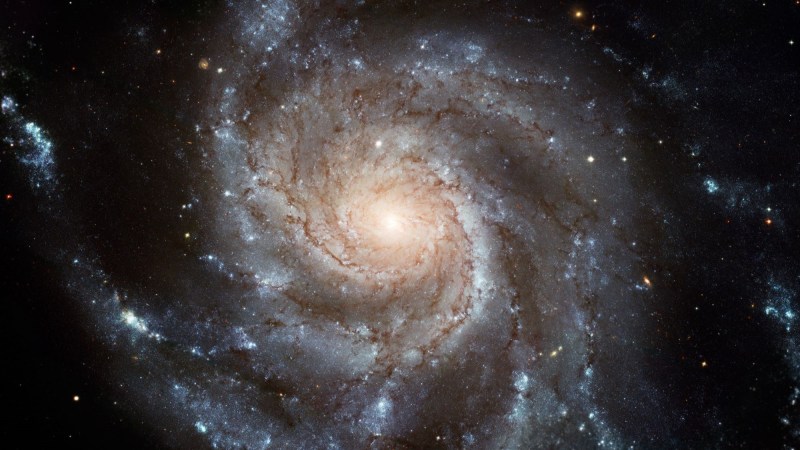

A black hole likely lurks even closer to Earth than the supermassive Sagittarius A* at the center of our home Milky Way galaxy. Don’t panic, though. While the first evidence of its kind, the potential intermediate-mass spacetime singularity isn’t a planetary threat. But the center of the Omega Centauri star cluster does appear to confirm a longstanding theory about the nature of galactic formations. The “extraordinary evidence” is described in a study published July 10 in the journal Nature.
Astronomers have located dozens of black holes across a range of mass sizes since the discovery of Cygnus X-1 in 1964. Sagittarius A*, for example, lays within the center of the surrounding Milky Way galaxy approximately 27,000 light-years away from Earth. Like countless other galactic centers, Sagittarius A* is what’s known as a supermassive black hole, with a mass equal to billions of suns. But black holes don’t only come in supermassive size—previously observed stellar black holes also contain somewhere between one and a few dozen solar masses.

Intermediate-mass black holes, however, have proven elusive for astronomers. Experts theorize this is because their surrounding dwarf galaxies are frequently absorbed by larger galaxies. During this process, the intermediate-mass black hole and its surrounding galactic core star cluster become frozen in time. Its inability to devour any more matter keeps this star cluster a steady, moderate size forever—a star cluster just like Omega Centauri.
Located around 18,000 light-years away from Earth, Omega Centauri was a separate galactic core, billions of years ago before the Milky Way ate it. Astronomers have long theorized that the core contained an intermediate-mass black hole, but have been unable to prove it. Thanks to a team led by researchers at the Max-Planck Institute for Astronomy (MPIA) and the University of Utah, that hypothesis may finally be proven.

As explained in the new study, astronomers now have their best candidate for an intermediate-mass black hole within Omega Centauri. MPIA PhD student Maximilian Häberle oversaw the arduous task of painstakingly cataloging the extremely fast velocities of 1.4 million stars within the cluster through examining over 500 images taken by the Hubble Space Telescope. Given their relative speeds, astronomers believed a concentrated mass (i.e. a black hole) lay somewhere amid all those stars. Determining the size of this mass using a single star’s velocity, however, is impossible due to an inability to determine if the star is near a huge object, or if it is simply very close to a smaller one.
“Looking for high-speed stars and documenting their motion was the proverbial search for a needle in a haystack,” Häberle said in an accompanying statement.
[Related: Astronomers find new way to measure a supermassive black hole.]
Of those stars, just seven with varying high speeds and directional motion appeared to hint at a nearby cosmic mass. After detailed examination of each star’s properties, Häberle and colleagues are now confident about what influences their movements.
“Previous studies had prompted critical questions of ‘So where are the high-speed stars?’” MPIA group leader Nadine Neumeyer added. “We now have an answer to that and the confirmation that Omega Centauri contains an intermediate-mass black hole.” According to Neumeyer, the intermediate-mass black hole 18,000 light-years from Earth makes it the closest known example of a black hole—closer, even, than Sagittarius A* at the center of the Milky Way.

Further research indicated the Omega Centauri black hole contains a mass of at least 8,200 suns, but don’t expect any photos of it. That is actually a good thing for the team—the lack of any visible object in the expected location further indicates the black hole’s presence, since no light can escape its pull.
“This is a once-in-a-career kind of finding. I’ve been excited about it for nine straight months. Every time I think about it, I have a hard time sleeping,” Amil Seth, associate professor of astronomy at the University of Utah and co-principal investigator, said in a separate email statement. “I think that extraordinary claims require extraordinary evidence. This is really, truly extraordinary evidence.”
